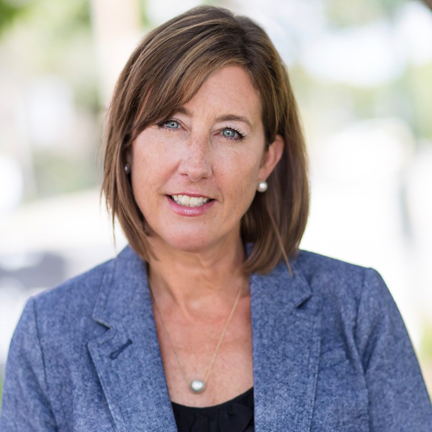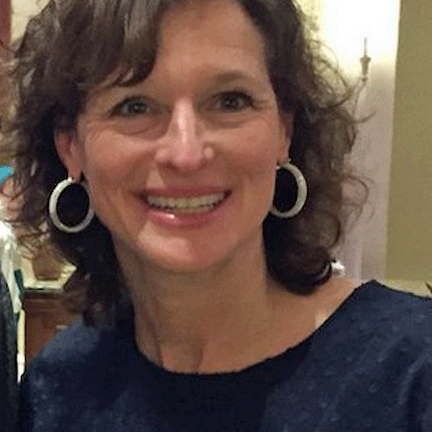When we plan professional development sessions, inservice courses, and literacy team meetings, we are always on the lookout for new ways to build community within the group so that everyone feels comfortable learning together. Although many of the teachers often know each other in these sessions, some teachers are from different grade levels or from different buildings, and don’t see each other as often as they might like. Therefore, at the start of a workshop we want to set a tone that welcomes everyone and encourages people to share their thoughts, opinions, and ideas about the topic we will be discussing. We hope that during our first few minutes of the professional development session we can strike a balance between providing a clear purpose for our work together, while at the same time establishing a sense of collegiality.
We also want our professional development sessions to end in a meaningful way. We want to know what was learned, what questions are still unanswered, and how the group’s discussion will impact the work with students in the classroom. Here are two protocols that help us build community and encourage participants to share their thoughts at the beginning and at the end of a professional development session.
The Continuum Dialogue Protocol
We first learned the Continuum Dialogue protocol at a workshop we attended with Elizabeth City, coauthor of Data Wise. It has also been featured in a different form at Choice Literacy as “Taking a Stand.” We were so impressed with how the audience responded to this protocol that we decided to use it to begin some of our professional development sessions. We find this protocol its a homerun every time!
The Continuum Dialogue Protocol is a great way to explain the purpose of a session and to understand different people’s perspectives about the topic we will be discussing. We find that this protocol gives everyone in the room a chance to share their thoughts and opinions both verbally and nonverbally. Here is how it works:
Explaining the Nuts and Bolts of the Protocol
The protocol typically has a series of three or four questions that will be asked of the group. None of the questions have a right or wrong answer. In this protocol participants use their bodies to physically answer the questions, rather than talking or writing their answers. The protocol uses a continuum shaped like a horseshoe so far left and the far right of the continuum represent the far ends of the continuum — more extreme opinions. Standing in the center of the horseshoe represents an answer that is in the middle of the continuum. Once everyone understands how they will express their answers to the questions, we explain the rules of the protocol:
- There are a few rules that the group needs to understand before we begin.
- There will not be a right or a wrong answer to any of the questions asked.
- There will not be any clarification to the questions asked. Participants need to interpret the question and answer it.
- Each participant will stand in a spot along the horseshoe that best reflects his/her answer.
- Once participants are standing along the continuum, a few people will be asked to explain why they are standing in a particular spot.
- Participants will be given an opportunity to move their position on the continuum based on what they have heard from the group.
- A few people will be asked to share why they decided to move.
- No one may comment on another participant’s comments — you can only share your own thoughts and ideas.
The Protocol in Action
We begin by asking a very simple question that is unrelated to education so that everyone has a chance to experience how the protocol works. Participants stand along the continuum in a spot that best represents their answer. Next we ask, “Would anyone like to share why they chose to stand in a particular spot along the continuum?” We are careful not to comment on what people say as they share. We simply reiterate the group members’ thoughts. After three or four people have spoken we ask the group, “Would anyone like to move their position based on what others have said?” We then give those that moved an opportunity to share why they chose to move. Once we are finished with the first question, we display and read the next question. The questions we use are based on the topic of the professional development session. Here are a few sample questions we use depending on the topic:
Continuum Dialogue Questions About Assessment
I think common assessments among schools within a district are:
Essential ——– Not Very Important
I think the move toward data-based decision making in education has:
Improved teaching and learning ———- Ruined teaching and learning
I think that teachers working collaboratively to analyze assessments and plan instruction is:
Essential ——– Not Very Important
Continuum Dialogue Questions about Curriculum
I think a common curriculum has:
Ruined teaching and learning ———- Improved teaching and learning
I think the Common Core Standards will:
Ruin teaching and learning ———– Improve teaching and learning
I think students will:
Need a great deal of explicit modeling ———- Be able to apply this skill independently
Debriefing the Protocol
Once we ask all of the questions, everyone returns to the their seats so that we can debrief as a whole group. At this time, we pose a few questions to the group to hear their thoughts about the protocol. Here are some questions that we like to ask during the debrief:
What did you notice during the protocol?
What are your thoughts about the protocol?
What did you learn as a result of the protocol?
We notice that groups have had some common reflections over the years. Some of these common reflections include:
- They were surprised by how many people had similar opinions in their group. They didn’t realize how much the group agreed about particular issues.
- They enjoyed having the ability to change their mind. This freed them to listen to different perspectives.
- They appreciated being able to express their thoughts without having to talk.
No matter what people share, we find that the information we gain during this protocol helps us throughout the workshop as we have a better sense of the different beliefs and ideas of the group. Then we can adjust the content we are teaching to better meet the interests of the group, and connect the key concepts we are teaching to what people said during the protocol.
Ending Our Workshops – The Quaker Share
Tammy worked in a Quaker school in Brooklyn, New York, and one tradition we use in our workshops is based on the Quaker Share she learned there. During a Quaker Share, participants do not raise their hands, but share when they are “moved to speak.” We explain to the group, “To end our workshop today, we are going to try a Quaker Share which is quite simple. The room is quiet, and when you want to share your thoughts you simply speak them aloud. If two people accidently speak at the same time, one person stops talking and simply shares next. We will end the share when the room is quiet for about 30 seconds.”
Next we ask a question or state a prompt for the group to respond to. Here are a few of the prompts we often use to begin the Quaker Share:
- Please share something important you want to remember from today.
- Please share a line from your writing.
- Please share an idea that you thought of today.
- Please share an idea you captured from the PD session.
- Please look through the student writing samples you brought today and choose a line to share that demonstrates new learning for the student.
We find that we can use the Quaker Share to end workshops on a variety of different topics. The time allows the group to hear what others are thinking, and to reflect on their own learning. We find that the silence and the unpredictability of not knowing who will speak next is engaging for the group, and also gives us important feedback about what group members are thinking.
We are always eager to learn new ways to begin and end our workshops so that we can help build community among the group. We use protocols to help us get to know the groups’ thoughts, feelings, and opinions about the topic we will be discussing, so our participants understand the purpose of our session and so that we can do a better job adapting our objectives to the needs of the group.



